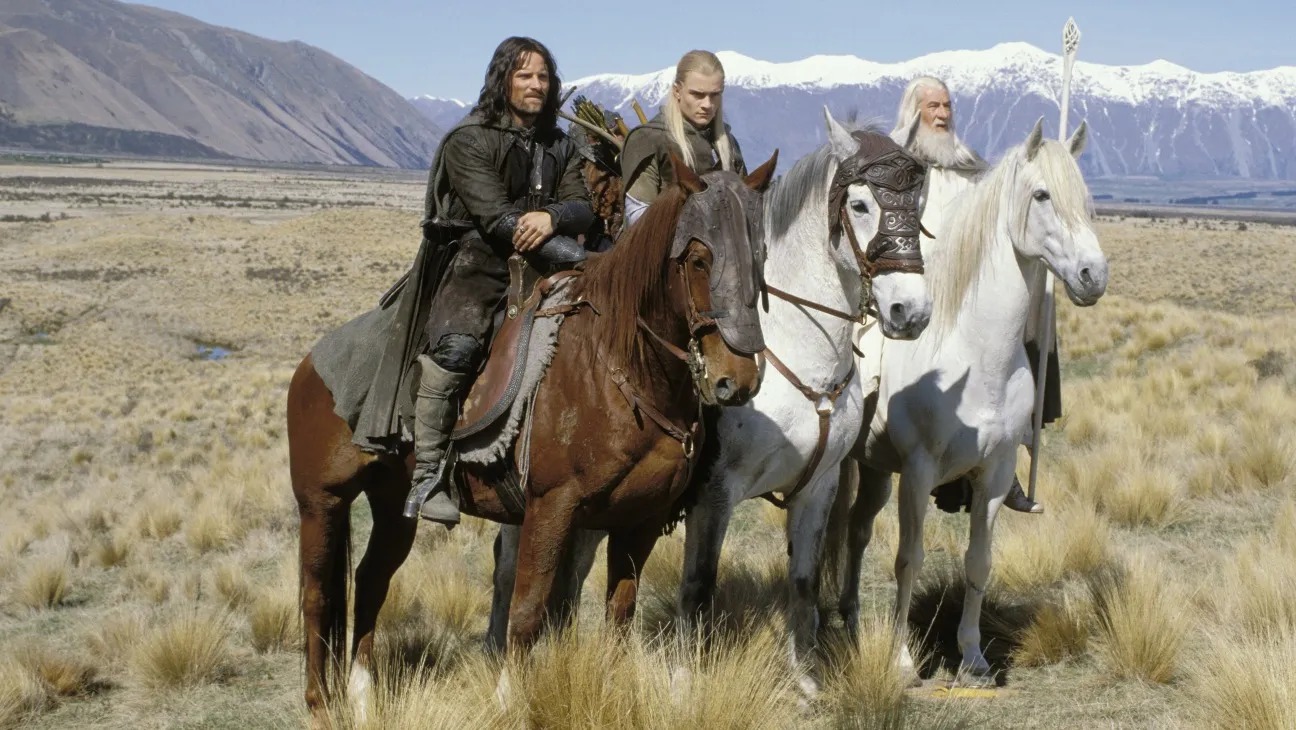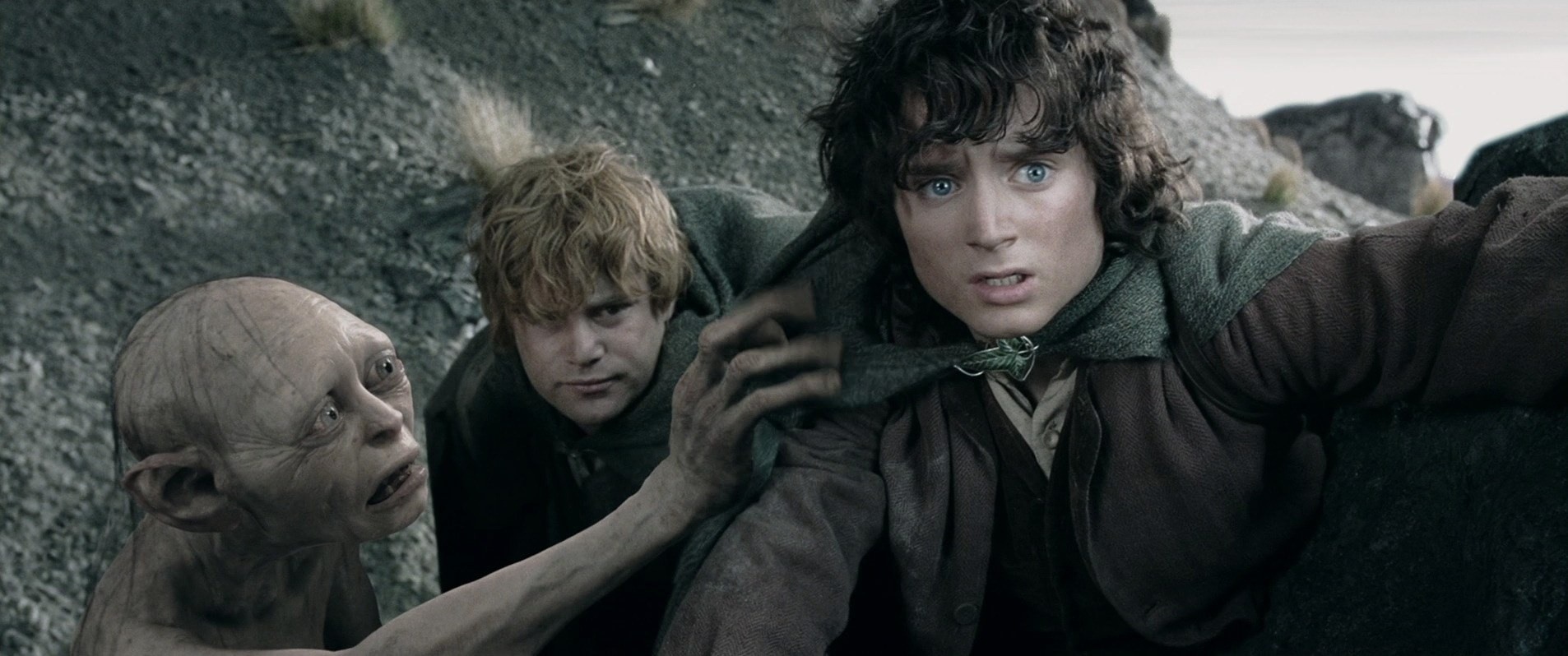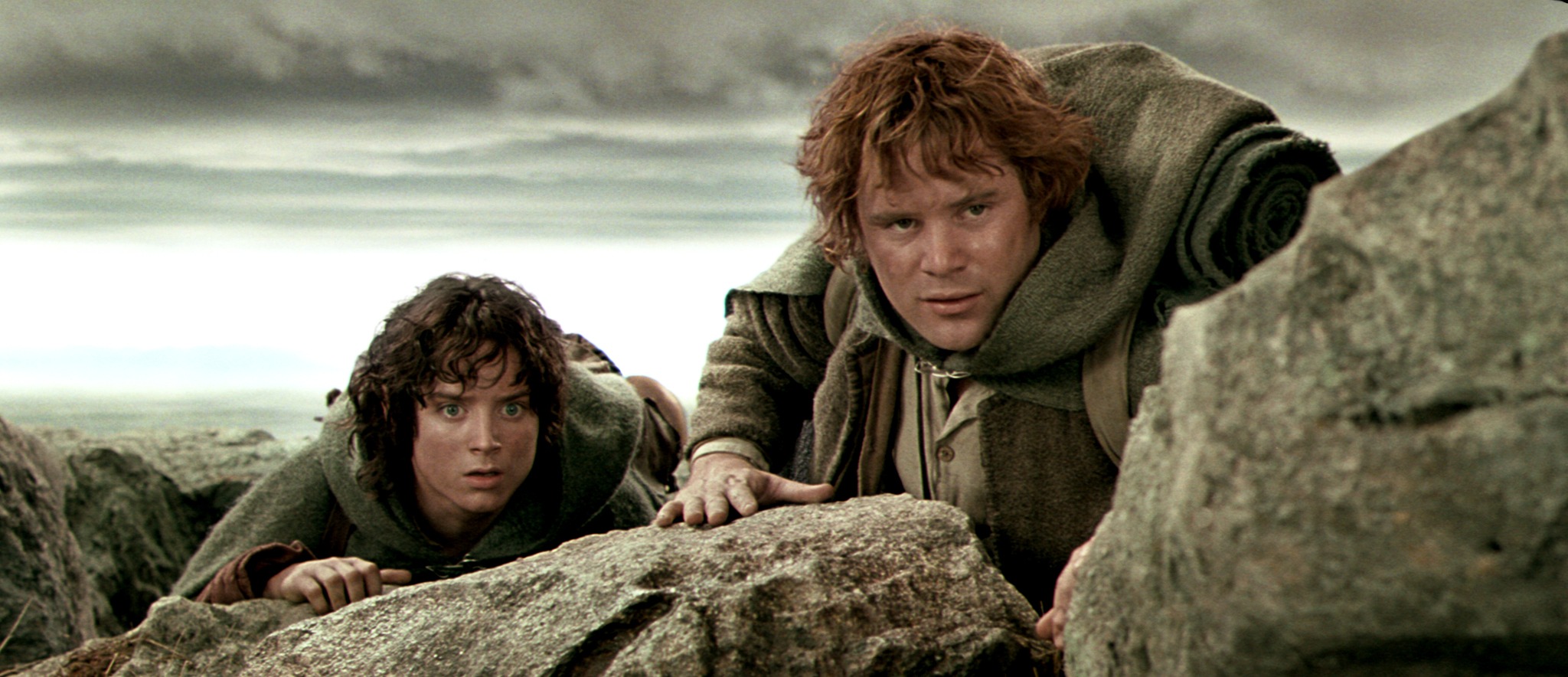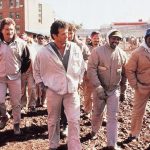The Lord of the Rings: The Two Towers (2002)🔥🔥

“The Lord of the Rings: The Two Towers” is a 2002 epic fantasy film directed by Peter Jackson and the second installment in the “Lord of the Rings” film trilogy based on the novel by J.R.R. Tolkien. The film continues the journey of Frodo Baggins (Elijah Wood) and the Fellowship of the Ring as they face new challenges in their quest to destroy the One Ring and defeat the dark lord Sauron. Set in the fictional world of Middle-earth, the film picks up where “The Fellowship of the Ring” left off. Frodo and his loyal companion Samwise Gamgee (Sean Astin) continue their perilous journey to Mordor, guided by the treacherous Gollum (Andy Serkis), who once owned the Ring. Meanwhile, Aragorn (Viggo Mortensen), Legolas (Orlando Bloom), and Gimli (John Rhys-Davies) pursue the captured Merry (Dominic Monaghan) and Pippin (Billy Boyd), who have been taken by orcs.


In the kingdom of Rohan, the exiled heir Aragorn, Legolas, and Gimli join forces with King Théoden (Bernard Hill) to defend his people against the forces of Saruman (Christopher Lee), a corrupted wizard who seeks to destroy Rohan with his army of Uruk-hai. The battle for Middle-earth intensifies as the fellowship becomes scattered, facing separate challenges that test their courage and loyalty. “The Two Towers” is celebrated for its breathtaking visual effects, captivating storytelling, and memorable battle sequences, including the iconic Battle of Helm’s Deep. The film explores themes of heroism, friendship, and the struggle against overwhelming odds, drawing viewers deeper into Tolkien’s richly imagined world. Upon its release, “The Two Towers” received critical acclaim for its direction, performances, visual effects, and faithfulness to the source material. It was a box office success, cementing the trilogy’s place in cinematic history and setting the stage for the climactic conclusion in “The Return of the King.” 












